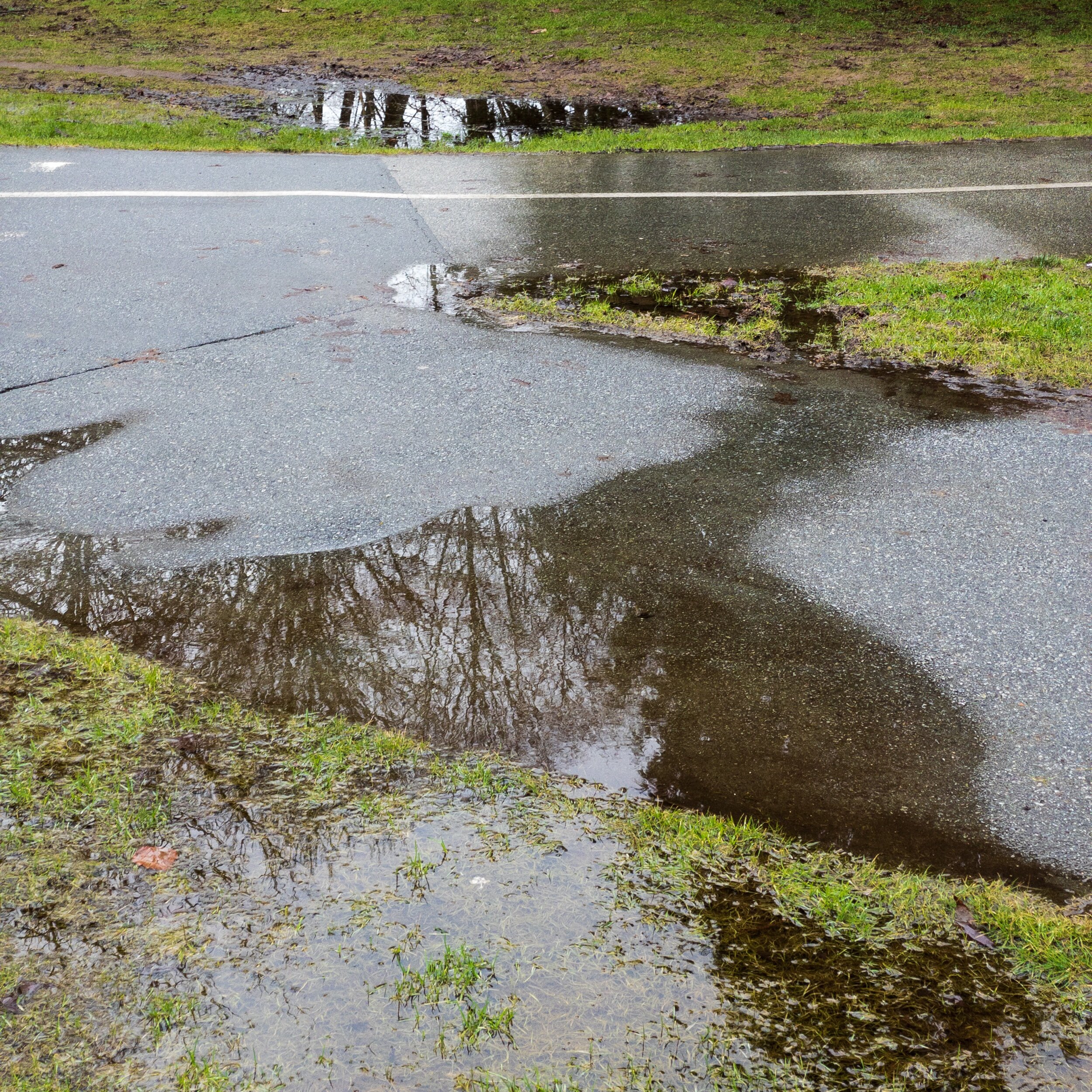As a product manager I make extensive use of analytics to gain insight and make decisions. I'm working on some posts discussing photography analytics. In this post, I want to discuss my motivation and methodology.
I photograph with the hope of creating "first-rate photographs". They are first-rate for me and may not be for other people. They are the ones I'd include a portfolio. They are rare and my choices are somewhat fluid with photographs falling in and out of favour.
I believe luck plays a role. Therefore, persistence is required for success.
The need for persistence is not a profound insight. I hope analytics will provide further motivation for persistence, by quantitatively re-enforcing it's value!
For example, I'm currently looking at streaks. My hypothesis is that dry spells happen and that chance alone can explain a lot of it. The best strategy is to just keep photographing.
I work in "outings". That is, I pick up my camera and go out with the intention of making photographs for inclusion in a portfolio. During an outing I'll make some number of "exposures". If I'm lucky, one of those exposures will be a first-rate photograph. If I'm really lucky, more than one exposure will be a first-rate photograph. But (in my case) there are no first-rate photographs from the majority of outings.
Most of my work is digital and I store work by date so keeping track of outings is straight-forward. Some while after an outing, I can record the number of first-rate photographs. The Prairie Modern photographs were made with a 4X5 film camera, so I won't do analytics for them.
People using analytics are fond of using acronyms such as FRP for first-rate photograph. I'll try to avoid them, but may resort to using a few if I find it getting repetitive.
An example of a statistic is the average number of first-rate photographs per outing (0.4 for my Vancouver photographs).
Another is the percentage of outings that have one or more first-rate photographs (0.3 for the Vancouver photographs). That's also the probability of one or more first-rate photographs from an outing.
(The probability of having one or more photographs in an outing is lower than the average number of photographs per outing because some outings have more than one first-rate photograph.)
Hopefully that wasn't too bruising. I should publish the first photography analytics post next week.
One of the earliest first-rate photographs:




























